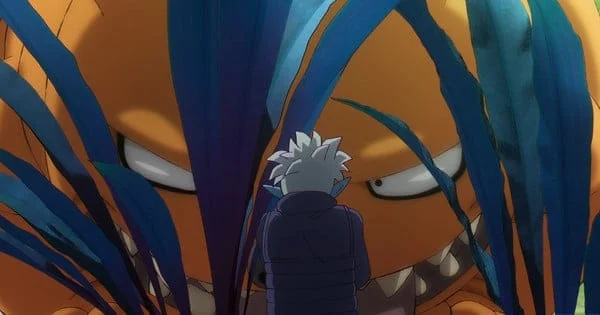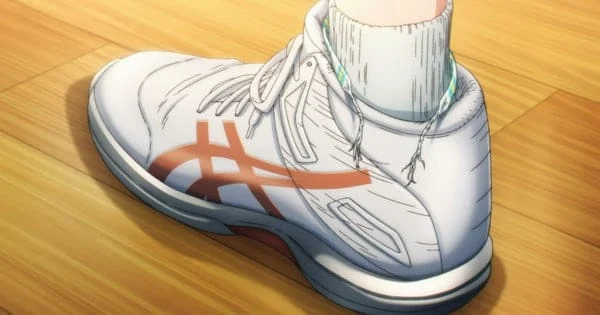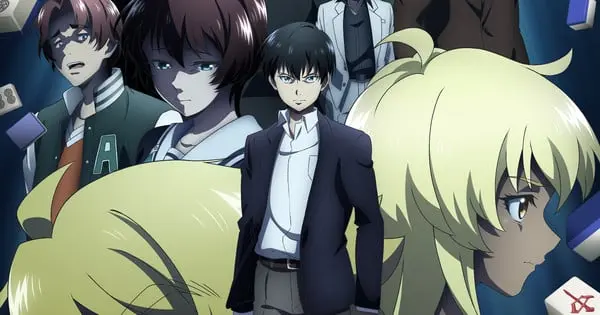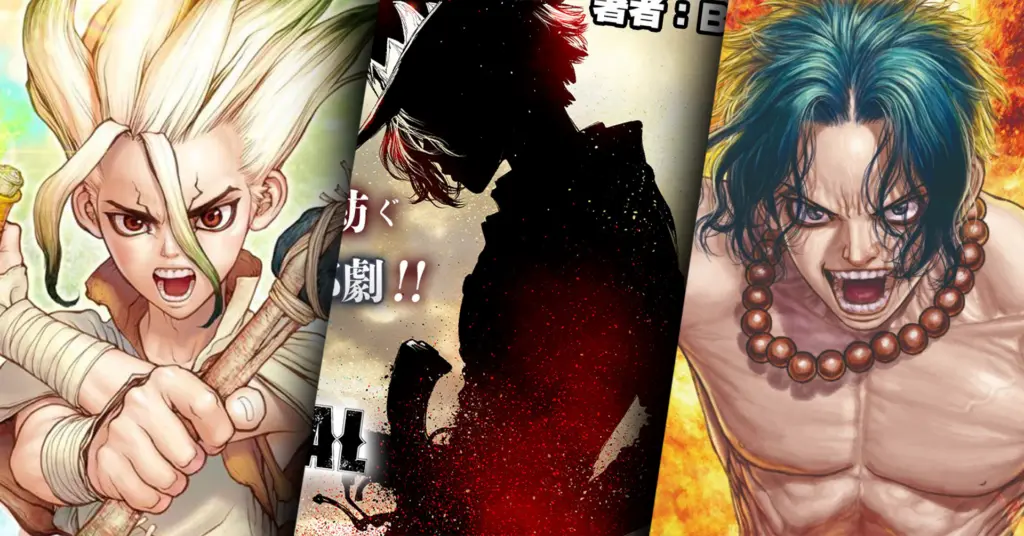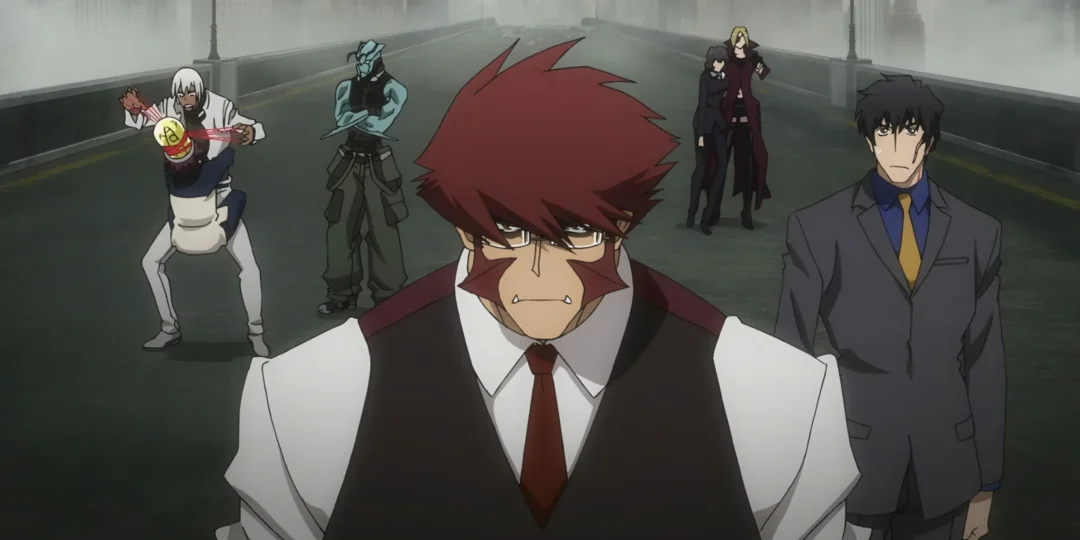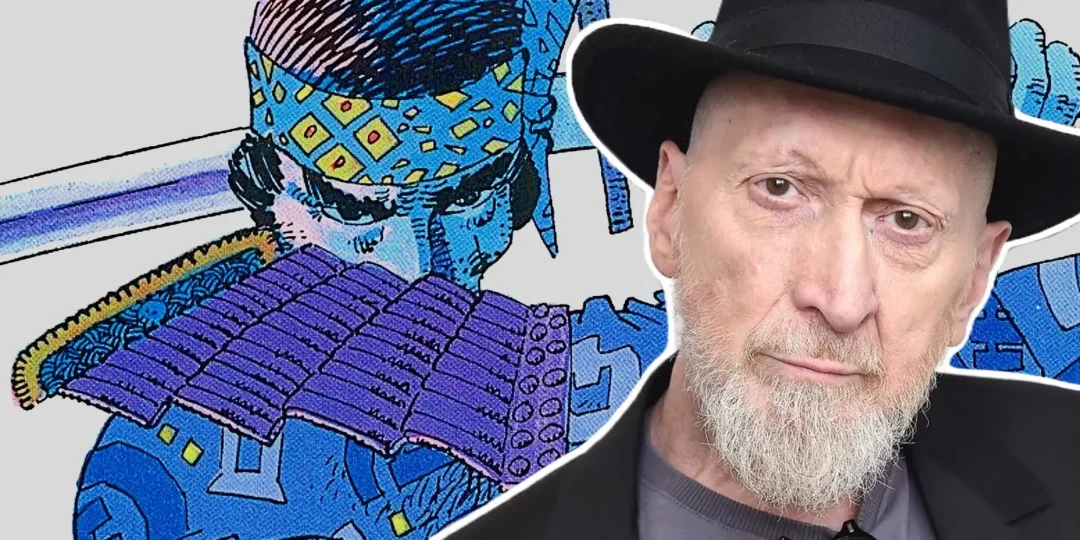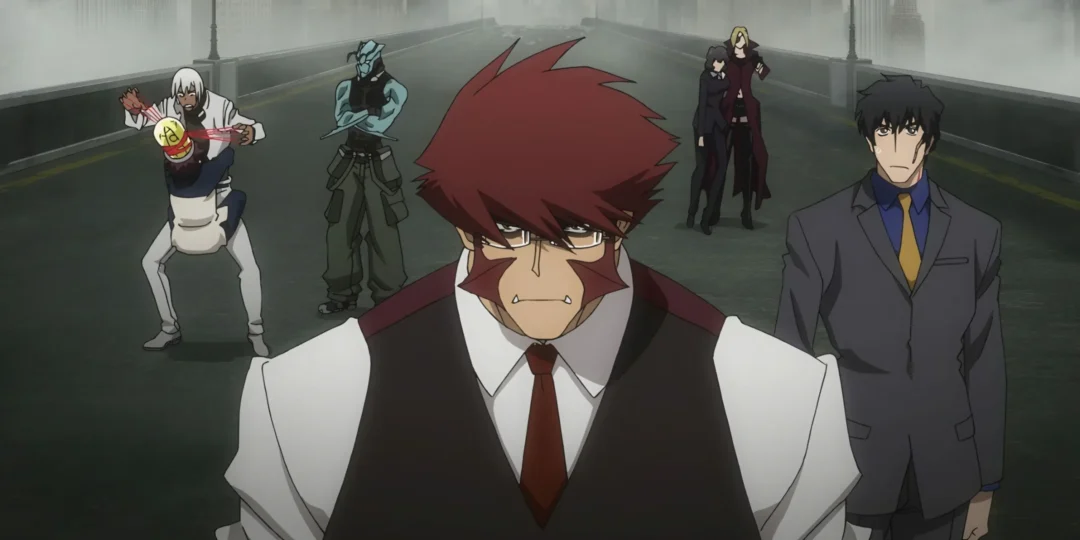The world of comics is a rich tapestry of influences, where creators often draw inspiration from unexpected sources. One such instance is the profound impact of the Japanese manga series, Lone Wolf and Cub, on the work of American comic book artist Frank Miller, most notably on his seminal work, The Dark Knight Returns. This connection, often overlooked, reveals a fascinating cross-cultural exchange that enriched the landscape of graphic storytelling.
The Saga of Lone Wolf and Cub: A Ronin’s Journey
Lone Wolf and Cub, created by writer Kazuo Koike and artist Goseki Kojima, is a sweeping epic set in feudal Japan. The story follows Ogami Itto, the former Kogi Kaishakunin (shogun’s executioner), who is framed by a rival clan and forced to walk the path of Meifumado (demon road), along with his young son Daigoro. Together, they travel as assassins, offering their deadly services for hire. This tale is not merely a series of violent encounters but a profound exploration of honor, loyalty, and the complex relationship between a father and son against a backdrop of betrayal and political intrigue.
Key Elements of Lone Wolf and Cub:
- A Stoic Protagonist: Ogami Itto embodies the quintessential stoic hero, a man of few words whose actions speak volumes. He is a master swordsman, a man of unwavering dedication, and a father fiercely protective of his son.
- The Weight of Responsibility: The bond between Ogami and Daigoro is central to the narrative. It’s a relationship defined by the weight of responsibility and sacrifice. Daigoro, though young, is not a passive character; he learns to survive in a brutal world.
- Graphic Violence and Moral Ambiguity: The manga does not shy away from depicting the violence of the period. It uses stylized panels to portray dramatic and sometimes gruesome actions, often juxtaposing this with moments of deep emotion.
- Thematic Depth: Beneath the surface of samurai battles and political machinations, Lone Wolf and Cub delves into themes of justice, morality, and the nature of power.
Frank Miller: Reimagining the Dark Knight
Frank Miller’s work on Batman, particularly with The Dark Knight Returns, was revolutionary. He took the character in a radical direction, transforming him from a campy hero into a grim avenger, reflecting a darker and more morally complex view of heroism. This shift was not made in a vacuum but was informed by Miller’s appreciation for other forms of storytelling, particularly manga.
How Miller’s Work Echoes Lone Wolf and Cub:
- The Aging Hero: Just as Ogami Itto is no longer at the height of his power and is weighed down by the past, Miller’s Batman in The Dark Knight Returns is an older, battle-worn figure. He is pulled out of retirement, struggling with the physical and mental toll of his long career. This depiction of a hero past his prime, dealing with the weight of his responsibilities, reflects a key aspect of the ronin archetype found in Lone Wolf and Cub.
- A Protagonist Haunted by the Past: Both Ogami and Batman are driven by events in their past. Ogami is motivated by revenge, while Batman grapples with loss and the decay of Gotham City. The concept of a man haunted by tragedy is a prominent theme in both narratives.
- A Gritty, Realistic Tone: Miller’s depiction of Batman and his world is gritty and realistic, mirroring the harshness of feudal Japan as portrayed in Lone Wolf and Cub. The violence, the corruption, and the moral compromises are all central to this darker vision.
- The Weighty Relationship: Although Bruce Wayne’s relationship with his surrogate son, Robin, is different, the themes of mentorship and responsibility seen in Lone Wolf and Cub resonate within Miller’s stories. Miller, at times, depicts Batman’s protectiveness over Robin with a paternal quality, reflecting Ogami’s care for Daigoro.
The Artistic and Narrative Parallels
The influence of Lone Wolf and Cub can be seen not only in the themes and characterization but also in the artistic style Miller adopted.
Visual Similarities:
- Dynamic Panels and Composition: Miller’s use of dynamic panel layouts, sharp angles, and bold lines to convey action and emotion is a hallmark of his style, mirroring the dramatic panel work of Kojima in Lone Wolf and Cub.
- Emphasis on Shadow and Contrast: Both artists utilize stark contrasts in light and shadow to create a sense of drama and to emphasize the dark tone of their respective stories. This technique heightens the tension and the mood of their narratives.
- Stylized Violence: The depiction of violence is graphic and stylized, not gratuitous, in both Lone Wolf and Cub and Miller’s works. The visual language of action is used to create emotional impact.
Thematic Overlaps:
- The Anti-Hero: Both Batman, as depicted by Miller, and Ogami Itto fall into the category of anti-heroes. They are not paragons of morality but rather complex characters operating in morally ambiguous situations.
- The Breakdown of Order: Both narratives depict a world where the existing social order has crumbled, forcing the protagonists to operate outside the law. Ogami operates in a corrupt feudal system, while Batman takes the law into his own hands in a crime-ridden Gotham.
- The Nature of Justice: The definition of justice is questioned and challenged in both series. Neither protagonist fully believes in the existing system but instead seeks their own form of vengeance and redemption.
Cross-Cultural Storytelling
The interplay between American and Japanese comics demonstrates a broader trend of cultural exchange in storytelling. The manga’s exploration of violence and its impact, blended with themes of honor, revenge, and fatherhood, found a resonance with Western creators like Miller, who were pushing the boundaries of the American comic book industry.
The Legacy of Influence:
- Expanding Genre Boundaries: Miller’s work demonstrates how embracing influences from other cultures and genres can lead to innovation and expansion within one’s own. He helped redefine the superhero genre and paved the way for more mature and complex storytelling in comics.
- A Global Impact: The influence of Lone Wolf and Cub extends beyond Miller. It can be seen in other works, not just in comics but also in film and video games. The themes and character archetypes explored in this manga have had a lasting impact on global pop culture.
- The Power of Visual Storytelling: The success of both Lone Wolf and Cub and The Dark Knight Returns speaks to the universal power of visual storytelling. Both use visuals to create compelling narratives that transcend cultural barriers.
Conclusion
The connection between Lone Wolf and Cub and Frank Miller’s Batman is more than a simple case of inspiration; it is a testament to the universality of powerful storytelling. The samurai saga’s themes of a stoic warrior, the complexities of paternal bonds, and the harshness of a corrupt world found a new interpretation in Miller’s iconic take on Batman. By looking at this cultural exchange, we gain a deeper understanding of the creative process and how great stories can transcend boundaries to influence new narratives and shape the landscape of popular culture. The impact of Lone Wolf and Cub on Frank Miller’s Dark Knight remains a potent example of how cross-cultural exchange enriches the world of graphic storytelling.

